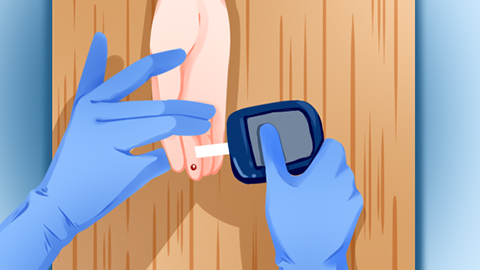What is the normal blood glucose level 2 hours after a meal?
Generally, the normal blood glucose level two hours after a meal is 4.4-7.8 mmol/L. If blood glucose levels remain consistently high, timely medical consultation is recommended. Detailed analysis is as follows:

Blood glucose two hours after a meal refers to the blood glucose level measured two hours after eating. This is an important indicator for evaluating the body's glucose metabolism and can reflect whether there is any fluctuation in blood glucose levels after eating. Normally, the two-hour post-meal blood glucose level should range between 4.4-7.8 mmol/L. If the blood glucose level exceeds 7.8 mmol/L two hours after a meal, it indicates elevated blood glucose, suggesting abnormal glucose metabolism, although it cannot confirm diabetes.
If blood glucose levels two hours after a meal continue to rise and are accompanied by symptoms such as dizziness and headache, regular blood glucose monitoring, including fasting and two-hour post-meal glucose testing, should be conducted, with each blood glucose change recorded. If significant fluctuations in blood glucose are observed, it is advisable to undergo further oral glucose tolerance testing to facilitate diagnosis and treatment planning.
It should be noted that prior to blood glucose testing, one should stay relaxed and avoid excessive anxiety. Additionally, foods with high sugar content should be avoided before testing to prevent interference with diagnostic results.








